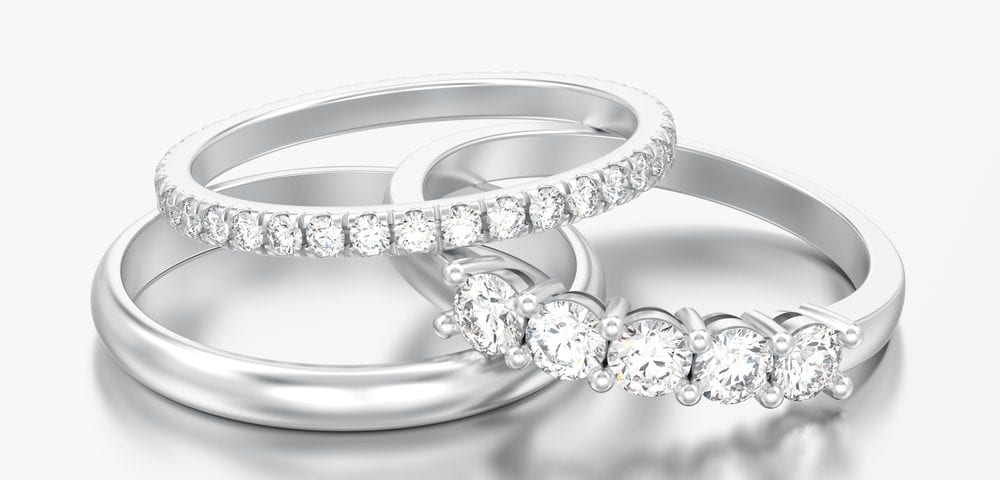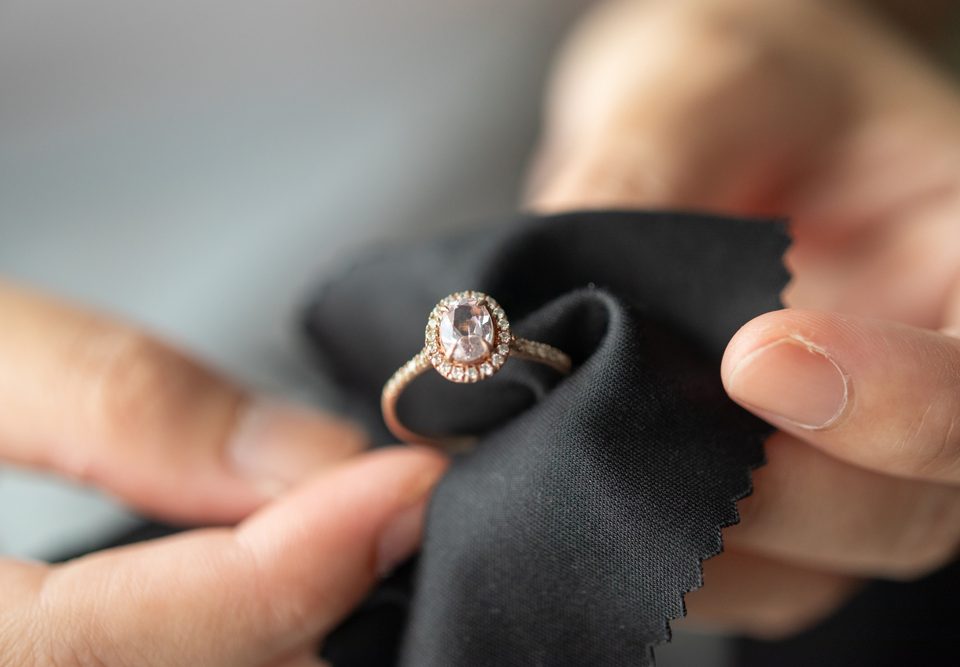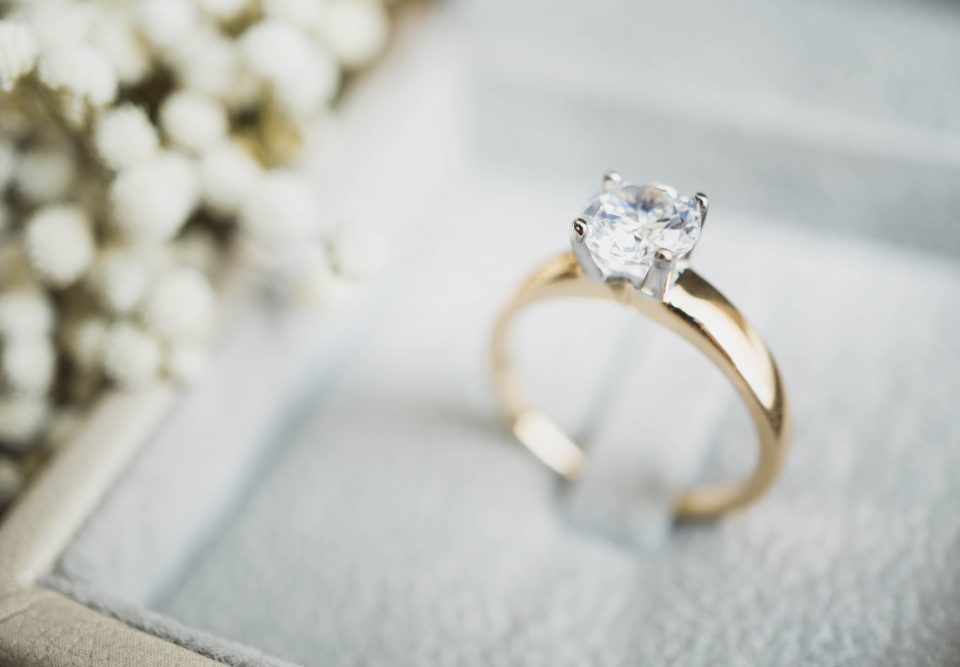- Quick contact:
- 801.359.2035
Understanding Setting Options for Engagement Rings

Generally speaking, an engagement or wedding ring is made up of two primary components: The center stone and the setting. The center stone is the area that receives the most attention and often makes up the bulk of the cost of the ring, but the setting is also extremely important to the appearance, durability and comfort of the ring.
At AAA Jewelers, we offer a wide range of setting formats for all our engagement rings. What are some of the most basic common setting styles out there, and how can you customize these to achieve the beautiful look you and your partner are going for? Here’s a look at everything you need to know about ring settings.
Solitaire and Pave Solitaire Settings
Arguably the simplest setting format available for any engagement ring is a solitaire ring style, which includes a diamond or another stone type sitting by itself atop a basic, plan band. This band can be any width, color or style you choose. When the band does not feature any other design format, this is a true solitaire setting.
In many cases, buyers choose to add micro pave set diamonds to parts of the band, generally the outside. When this is done, the style is known as a pave solitaire setting rather than a true solitaire. There are a wide variety of pave solitaire settings available, including customizable options.
Floating Style
For those who care most about how the ring looks from the top of the hand, the floating style setting is often a great choice. The floating style uses prongs to hold up the center stone, usually between four and six prongs, and creates a ring that appears to be “floating” when you look at it from the top.
In addition, the floating style is great for those who are on a budget but still want to maximize the size appearance of the stone. The effect of the floating format often makes a stone look bigger than it would within other setting formats.
Cathedral Style
A cathedral style setting is one that has two pieces of metal on either side, leading down to the band. These metal pieces are called shoulders, and they can be seen from above the ring. Many prefer the cathedral style because it holds the center stone in very securely, plus it’s a classic and traditional design that some are drawn to.
Custom Design Examples
While the settings listed above are some of the common types found, many quality jewelers are able to customize settings to various degrees. Here are some examples of such designs:
- Halo: Both single and double halo designs are available – the classic version here includes diamonds encrusted into a circular or oval shape that sits on top of the ring. Double halo options are also out there, with use the classic look but also add diamonds and sparkle to the outer edge.
- Hidden halo: A newer design that features two diamond wraps below the stone, bringing additional sparkle from the top of the diamond.
- Wraps: Diamond wraps refer to a single row of diamonds set to mimic the primary stone’s shape. They can be seen from a profile view.
- Multi-row bands: Typical diamond rings feature a single row of diamonds on the band, but you can also look for double- or triple-row bands with encrusted diamonds set on each side for a great amount of sparkle.
For more information on engagement ring settings, or to learn about any of our diamond jewelry, speak to the staff at AAA Jewelers today.



